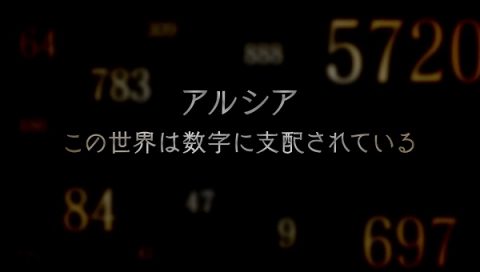The long-awaited new anime series "Spice and Wolf" will be revived in 2024, and it depicts the adventures of Holo, the goddess of fertility, who was worshipped by the people as a god of fertility, and the merchant Lawrence. The setting for the two's adventure is the worldview of medieval Europe, and if you have knowledge of medieval Europe, you will be able to enjoy this work even more. For example, Holo was worshipped as a goddess of fertility, but since Christianity is mainstream in Europe, many fans may feel uncomfortable with her being worshipped as a goddess of fertility. Of course, behind the setting of Holo being worshipped as a goddess of fertility, the original author, Hasekura, has meticulously constructed the setting based on medieval Europe, but since medieval Europe is a long time ago, it is true that many scenes are depicted that are different from our current image. So, this time, I would like to delve deeper into the setting of this work from the cultural characteristics of medieval Europe, which is depicted as the setting of this work "Spice and Wolf".
The author read many books about medieval Europe

First of all, this work is meticulously drawn based on the image of medieval Europe, and the author, Hasekura, has stated that he read a great many books on Europe when writing this work. This work is a light novel, and it is not based on a world created by the author in his imagination, but rather is a work that builds a world based on the culture of medieval Europe that actually existed.
The original source is "Spice and Gold"?
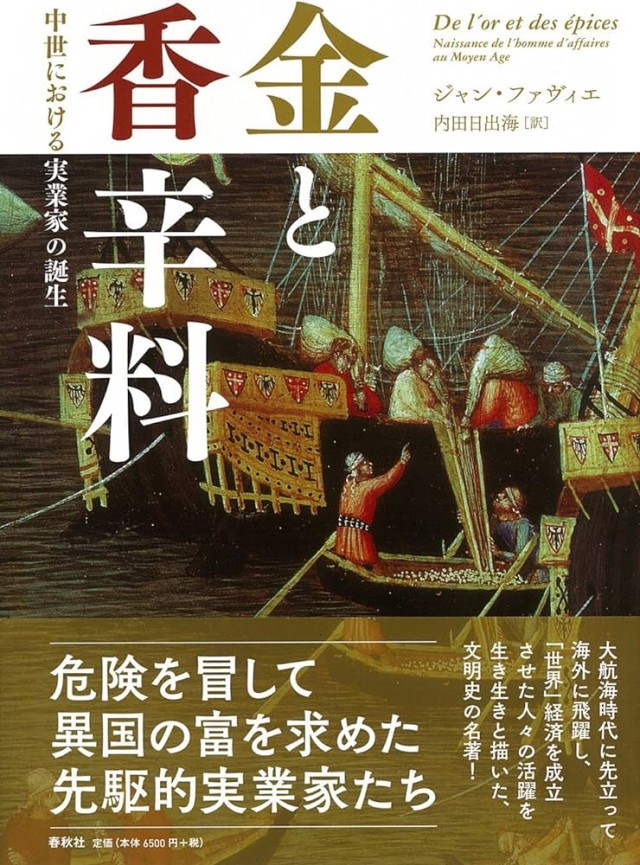
Hasekura has stated that he was particularly influenced by "Spice and Gold" among the works he has used as references. "Spice and Gold" is a book that introduces medieval European merchants, and there are many similarities between the two works, such as the protagonist's activities as a merchant, which is the subject of this work. The title itself has also been changed, so you can see that this work was heavily influenced by "Spice and Gold".
The importance of knowing the worldview of the original source

By knowing the book that inspired the work and its worldview, you will be able to understand in detail the various settings that will be depicted in this work. Medieval Europe is a region that is culturally very different from Japan, where we live, so be sure to research the worldview of medieval Europe in advance.
Holo and the Church as a Fertility Goddess

Spice and Wolf is a work that depicts the lives of people in medieval Europe through an analysis of their real lives, but one particularly noteworthy setting is that the heroine Holo was once worshipped as a fertility goddess. As you might imagine, Europe is a Christian region. Christianity is a monotheistic religion, and fertility gods and other such beings are not originally the subject of faith, so why was Holo worshipped as a fertility goddess in such a cultural region?
Animism and Holo

In the first place, Holo can be considered to be a god that people began to recognize as a reliable presence when they started the agricultural industry and were plagued by various natural disasters. This is a form of faith called animism that can be seen anywhere in agricultural regions, and it can be said to be a particularly historic form of religion.
Monotheism and Animism

Therefore, Holo can be said to be a historic god who has been worshipped by people since the agricultural industry began in the setting of the story. In Europe, she is strongly associated with monotheism, but before Christianity became mainstream, or for people in areas where Christianity had not yet spread, the object of worship was a god of natural phenomena such as Holo.
Benefits of joining the church culture sphere
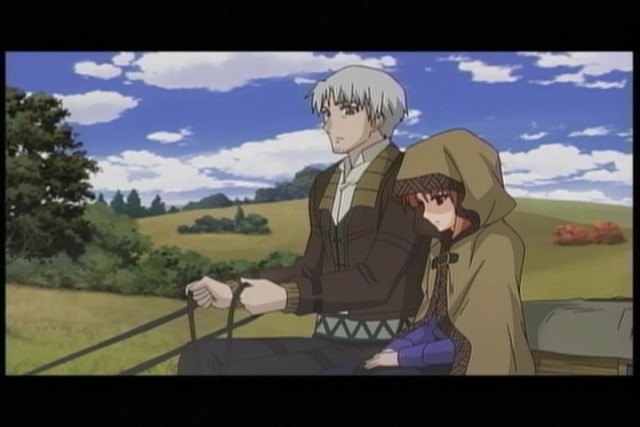
However, after a while, when agriculture began to stabilize, monotheistic beliefs were born. In this work, monotheistic religions modeled on Christianity will appear, but due to the nature of these religions believing in a common god, regions that believe in the same god tend to strengthen their unity and develop into one cultural sphere. Therefore, by practicing monotheistic beliefs even in name, rich trade and other activities become possible, so people lose their animistic beliefs and enter the monotheistic cultural sphere.
The transition from animism to monotheism

Basically, cultures tend to start with animistic beliefs and then unify into monotheistic beliefs. It is implied that the world of this work is also undergoing such a cultural transformation, and the detailed cultural transition of the people can be inferred within the work.
Results of the growth of industry
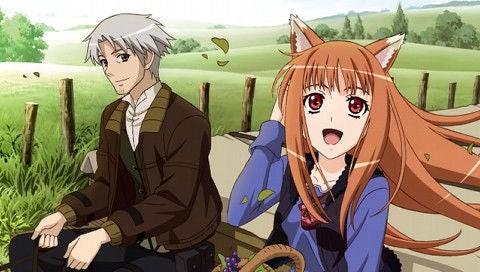
This kind of cultural change is a characteristic that can only be seen in the Middle Ages, when industries other than agriculture had developed to a certain extent. The world in which this work is set can be said to be a world war in which a considerable amount of time has passed since the rise of civilization, and agriculture has stabilized to a certain extent, so people are shifting to a monotheistic culture.
Similar cases in Japan

By the way, this kind of cultural transition was once seen in Japan as well. Japanese people have little awareness of religion, so I think many people are unaware that there was a time when their country formed a monotheistic culture. Japan was also a region with a strong polytheistic aspect for a long time, but after the Meiji Restoration, the Japanese government, which tried to emulate the Western ruling system, tried to spread a cultural form in which the emperor was worshiped as a monotheistic god. Many people may have seen in anime and other works depicting the need for absolute faith in the Emperor, especially during wartime, but this change in faith is one aspect of the change between animism and monotheism, and it is something that we Japanese people are also experiencing.
Animistic faith lost with the times

In this way, animistic faith, which worships gods of fertility, is not only an extremely primitive form of religion, but also a religion that has the characteristic of being easily taken over by other monotheistic religions over time. Naturally, as technology advances and the need to rely on gods disappears, the need to believe in nature will also weaken accordingly.
The Forgotten Holo

In the story, Holo was once worshipped by people as a god of fertility, but the fact that she is now a forgotten being is thought to be a reference to this cultural background. In Ghibli films such as "Princess Mononoke," a story is depicted in which a god forgotten by the people becomes hostile towards humans, and Holo, the heroine of this work, is a character who fits that description.
The existence of a church with strong control

Furthermore, in medieval Europe, the world view is one in which monotheistic forces with strong unity hold power. Since monotheistic religions believe in a common god, they can also be said to be religions with a strong belief that no other gods are recognized. Religions that believe in the gods of nature, such as animism, have a strong polytheistic aspect in which gods exist in various places, but monotheistic religions that do not have such an aspect are religions that have an extremely exclusive attitude because they do not recognize other gods. Therefore, even in the work, Holo's extreme fear of the church is thought to stem from this exclusive aspect of monotheistic religions.
Actual events that happened in Europe

As mentioned above, animistic thought began to spread among people at the beginning of agriculture, and was eventually forgotten as the times changed. This cultural transition actually happened in Europe. Since this work is based on Europe, it is only natural that the cultural transition in Europe and the cultural transition in this work are similar.
Religion in Europe before the Middle Ages

In Europe, Christianity has been prevalent since ancient times, but the people who believed in Christianity were suddenly taken over by people who migrated from the north. And the people who took over the land believed in animism. Therefore, it can be said that Europe before the Middle Ages was a society where Christianity and animism were mixed together.
From animism to monotheism

In such a situation, the animistic peoples who suddenly migrated to Europe gradually shifted from animism to Christianity in order to gain the power of Christianity, which had dominated Europe for a long time. Such a rapid change in religion was occurring in Europe before the Middle Ages.
Animism slightly fused with Christian culture
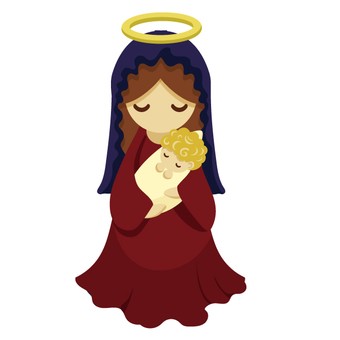
Due to this background, the animistic beliefs that the immigrants originally had were almost completely lost. However, as they accepted Christianity, the animistic beliefs were not completely lost, and traces of animistic beliefs can be seen in Christianity today, albeit slightly. For example, in some parts of Europe, worshiping Mary, the mother of Jesus Christ, rather than Jesus Christ, is a characteristic of animistic beliefs that interpret the attributes of nature gods as motherhood.
The Interestingness of Medieval European Culture
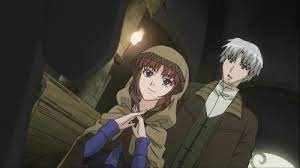
As you can see, medieval European culture is not the simple Christian culture you might think of, but a complex mix of animism and other beliefs that people had before. Japanese culture is of course interesting, but if you know the historical background, you may enjoy European culture even more.
Because multiple ethnic groups coexist
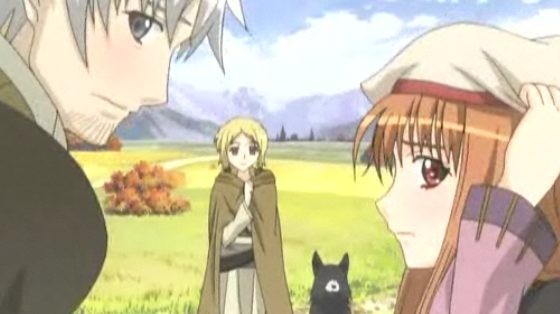
Above all, unlike Japan, Europe is a region connected to many countries by land, so it is a society where many different races live together. Therefore, the rich and varied cultures of these people are mixed together in a complex way, developing into a very unique culture.
European culture is interesting if you understand the changes in culture

Europe has many fascinating buildings and cultures just to look at, but if you look at the historical changes like this, you can enjoy it even more deeply. Of course, there are many historical changes that we could not introduce this time, so if you are interested, please do your own research.
Look at culture through anime

As mentioned earlier, the culture of medieval Europe is particularly deep and interesting, especially the religious culture. The beliefs of the people of medieval Europe are very important in understanding the work "Spice and Wolf," so pay particular attention to the beliefs of the people of medieval Europe and church architecture.
Anime is even more interesting when you understand history! !

This time, we have briefly introduced the setting of Holo from "Spice and Wolf" and the worldview of medieval Europe that is the source material for this work. This article was intended to provide a more detailed understanding of the worldview of this work by digging deeper into medieval Europe, but it seems that there are many manga works that can be enjoyed even more if you study history in depth, as in this work.
There are many animes set in Europe
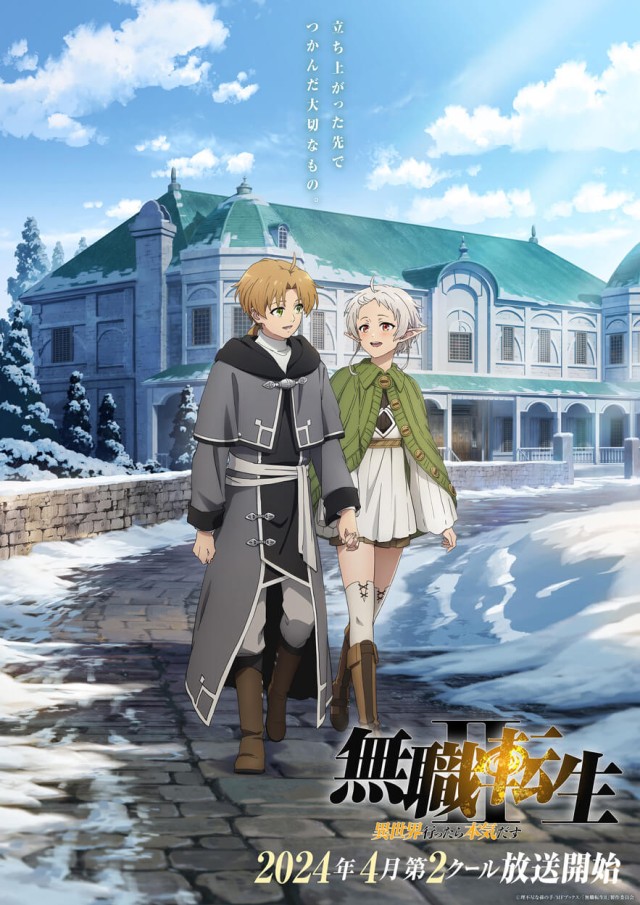
Animation works set in the world of medieval Europe, such as this one, are particularly popular in Japan and are characterized by a large number of them. Another attractive point is that once you study medieval Europe, you will have knowledge that can be applied to other works.
This work is even more interesting if you understand European culture

As you can see, not only this work but various animation works can be enjoyed even more by having a deeper understanding of European culture, so please do your own research after reading this article.
Summary
What did you think? In this article, we have briefly introduced the setting of Holo, the heroine of Spice and Wolf, as a fertility goddess and the world view of this work. Although this work is a fantasy work based on a world that does not exist in reality, it is also a work that faithfully reproduces the actual world view of medieval Europe, and I think it is a work that can be enjoyed as a historical work. Therefore, it is a very enjoyable work not only for those who like fantasy works, but also for those who like history and culture, so history fans should definitely check it out.


